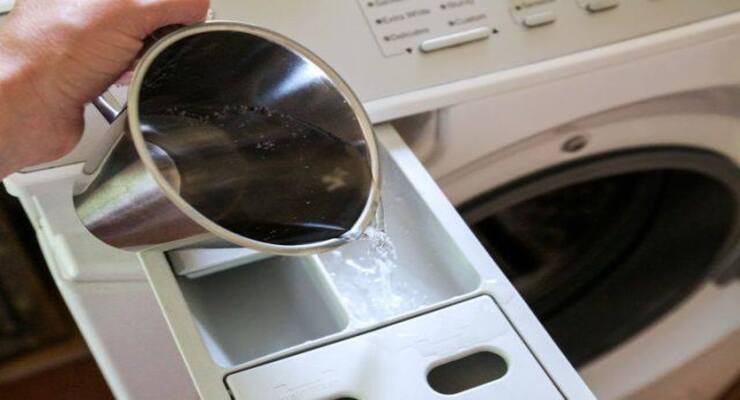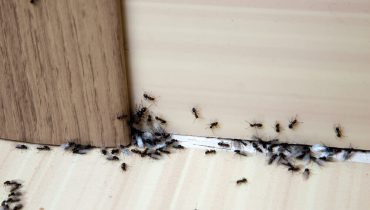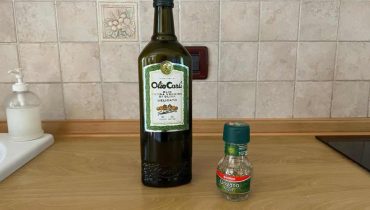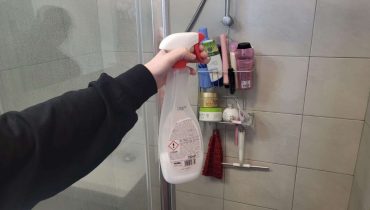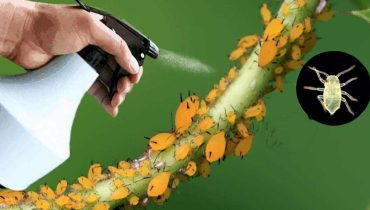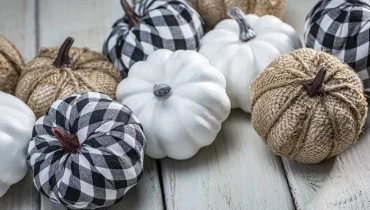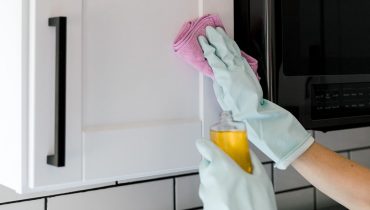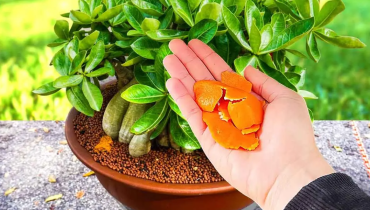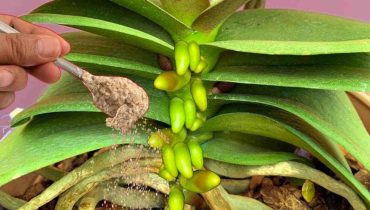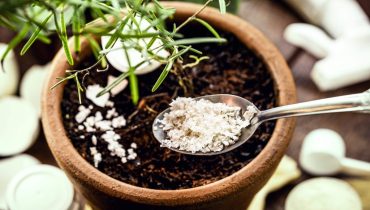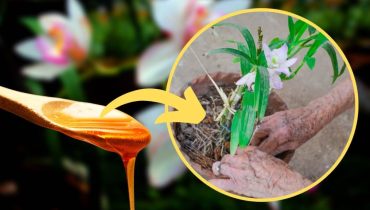Washing Machine: How to Remove Limescale Residue and Mold
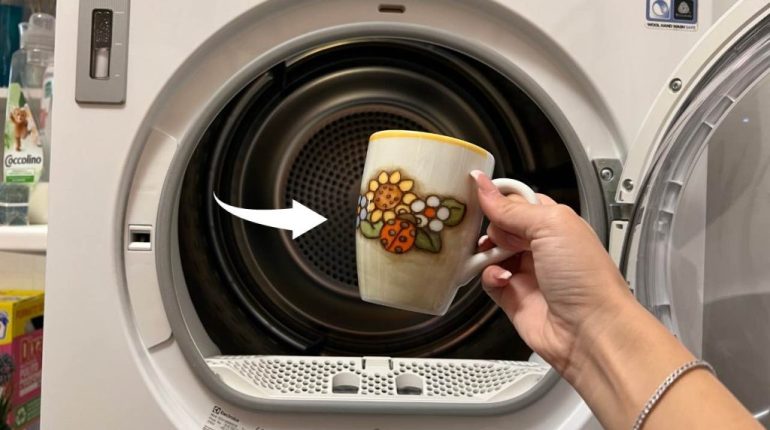
Posted October 17, 2023 by: Admin
We all have a washing machine at home that solves a major problem: dirty laundry, a task almost impossible to accomplish by hand due to the time and patience required.

In the past, our grandmothers washed laundry without complaining, using natural products or kitchen items like Marseille soap to whiten the laundry and remove stains.
Today, despite the availability of various detergents and equipment, it is sometimes challenging to achieve similar results. The washing machine has become essential in our busy lives, leaving us with little time for these tasks.
When should you maintain your washing machine?
Due to our hectic schedules, we rely on our household appliances, including the washing machine, to solve our problems. However, without proper maintenance, these appliances can eventually malfunction.
Taking care of your washing machine means regularly performing an empty wash cycle to remove dirt, residue, and limescale that can lead to excessive energy and detergent consumption.
How to know if your washing machine needs maintenance?
To determine if your machine needs a limescale, mold, and bacteria-cleaning empty cycle, simply smell the freshly washed laundry. If the odor is unusual, it may indicate the presence of limescale, mold, or excess detergent in the drum or seal.

In this case, it’s recommended to perform a high-temperature empty wash, for example at 60 or 90 degrees, without detergents. However, there are eco-friendly and cost-effective methods for cleaning your washing machine using common products like vinegar, baking soda, salt, or even citric acid.
How to disinfect your washing machine?
For a thorough cleaning of your washing machine and to eliminate limescale and dirt residues in seconds, pour 250 ml of white vinegar directly into the drum. If your machine has a dedicated drum cleaning program, that’s perfect. Otherwise, a 60-degree empty cycle for one hour will also work. If you don’t have vinegar, baking soda is an effective alternative.

Finally, vinegar is useful for removing mold that can develop in the detergent drawer. It’s essential to let it dry completely after each wash to prevent mold.
How to eliminate mold from the detergent drawer?
To remove mold from the drawer, pour vinegar inside, place a well-soaked sponge, and let it sit for a few hours. After this time, scrub the drawer to make it look like new.
